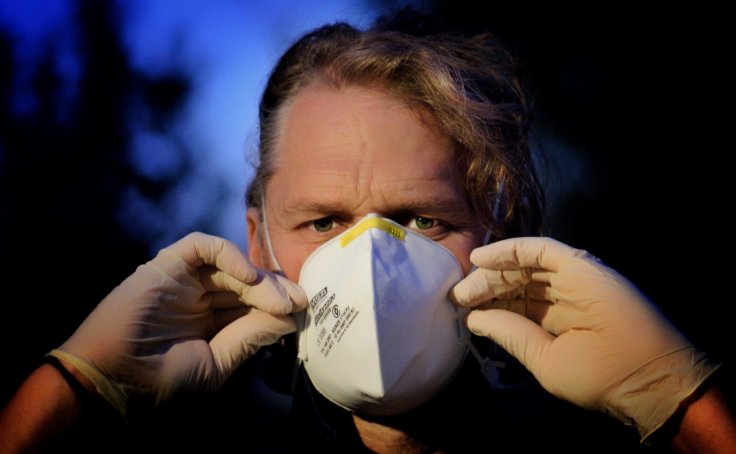Some professions such as those involving cleaning teeth, haircuts,serving food, and working with children would be at a high risk of contracting coronavirus as the lockdowns end and the economy reopens, says a new report. It was released on Friday by the Canadian Centre for Policy Alternatives(CCPA).
Those who are vulnerable -as a part of their jobs- to be in close contact with people who might have been potentially infected with COVID-19 were laid off or are working on reduced work hours. Almost 1.7 million such vulnerable workers were protected since February in doing so, with 1.2 million among them being women.
Who is vulnerable?

Oil sands and meatpacking workers have been heavily exposed to novel coronavirus as they stayed open in the first phase of the COVID-19 pandemic, while child care workers, construction laborers, servers, cashiers, and bus drivers similarly face high risk as industrial butchers, said the report.
Such risks are increased as coronavirus restrictions are eased, while businesses reopen, David Macdonald, senior economist with the CCPA, said. The report was published by Behind the Numbers.
Physical Proximity Index

This report analyzes such jobs in Canada where social distancing is very difficult to maintain based on an American scale, O*Net index of physical proximity that measures the close distance that workers get to other people, in doing their jobs. The scale runs from 1 to 100. Hundred indicates the necessary regular contact with others.
Choreographers, Dental Hygienists, Physical Therapists and Sports Medicine Physicians are rated 100. While flight attendants, hairstylists, and teachers follow them. These professionals have either lost their jobs or their workplaces "were operating with much smaller staff during the first phase of COVID-19", said the report.
The author points to two major considerations that may keep these workers safe from coronavirus: (1) Effective implementation of social distancing, physical barriers including cleaning regimens on workplaces, and (2) Workers feeling confident to refuse unsafe work.
Those in high-risk category are poor and face job insecurity

At the same time, those who would want to refuse unsafe jobs may also face difficulty in their decisions as it wavers between salary and feeling safe while quitting jobs would mean to sacrifice coronavirus' government benefits.
A huge number of low-wage workers lost their jobs or work hours in the past two months. "The burden of choosing between health and income will fall most heavily on low-wage workers," the report said. Around 50 percent of those making $16 per hour or less have lost jobs or work hours since February and are in the high-risk category.
However, the top 10 percent of workers, the rich ones, making more than $48 per hour are mot at all in high-risk occupations. "Almost no one has lost their jobs at this high a pay rate." The report concludes that it is made clear that millions face a high risk of contracting coronavirus after their workplaces re-open post lockdown. Further, most workers are women and low-wage workers "who will find it difficult to turn down work, even if it is risky."








